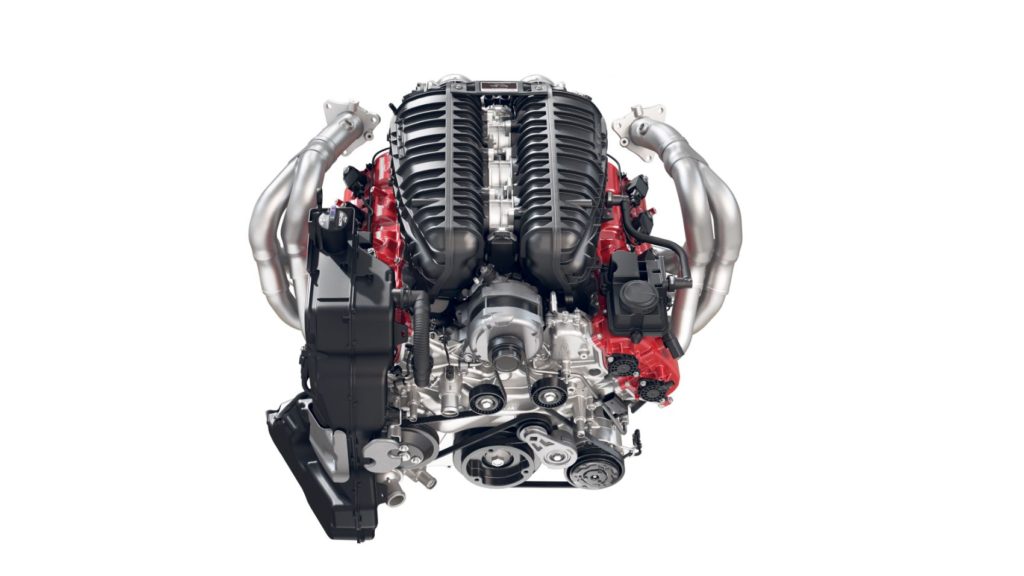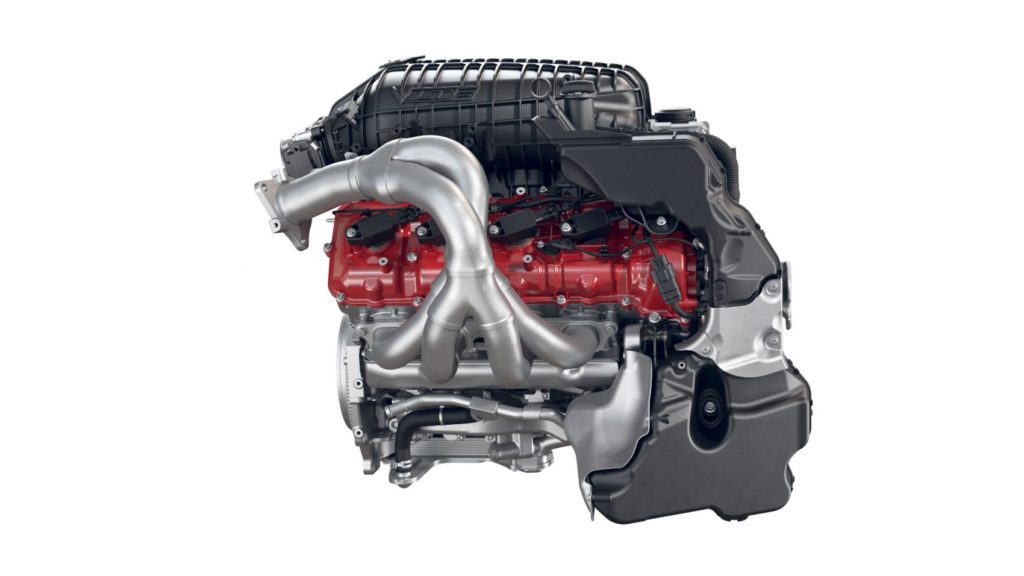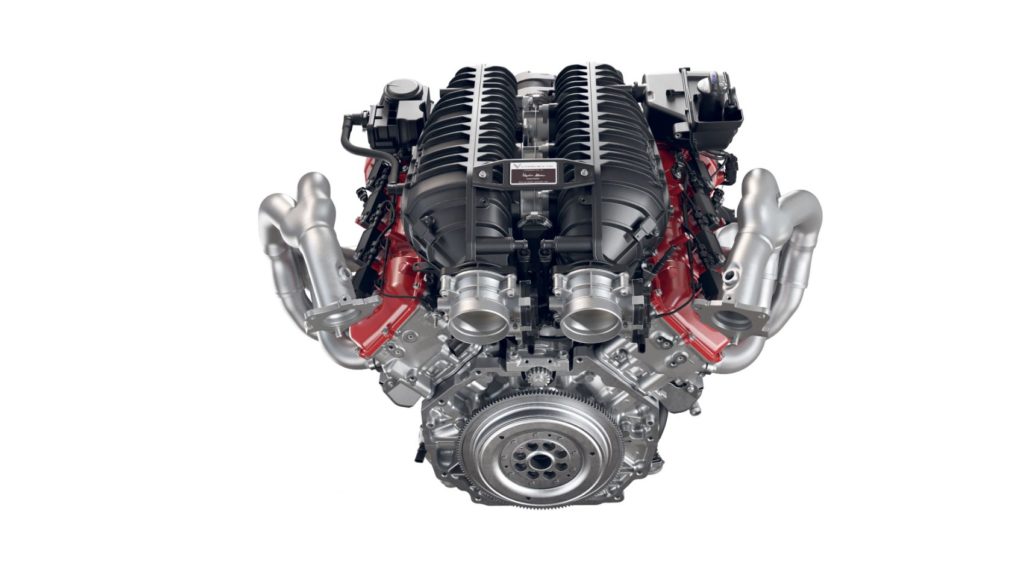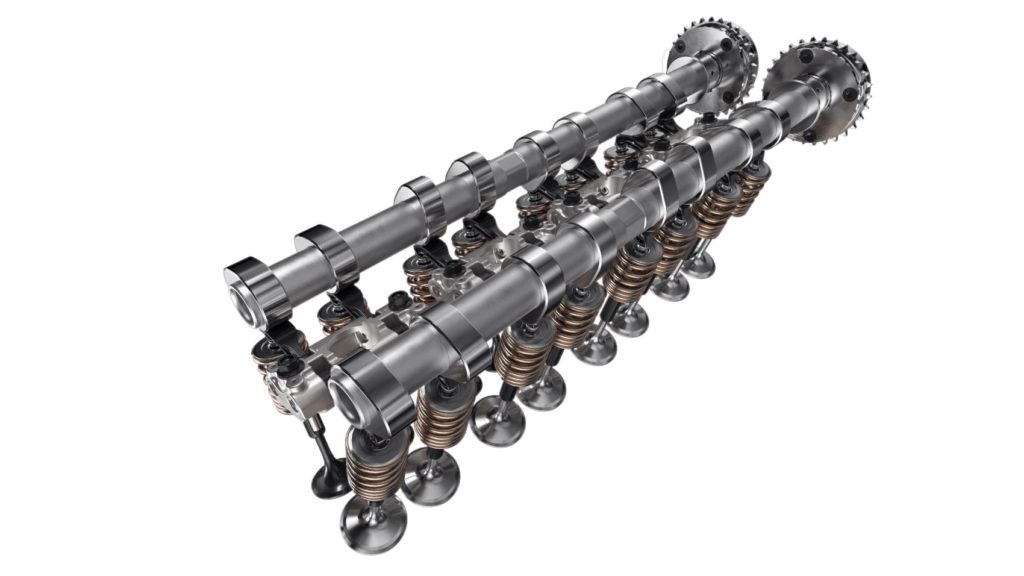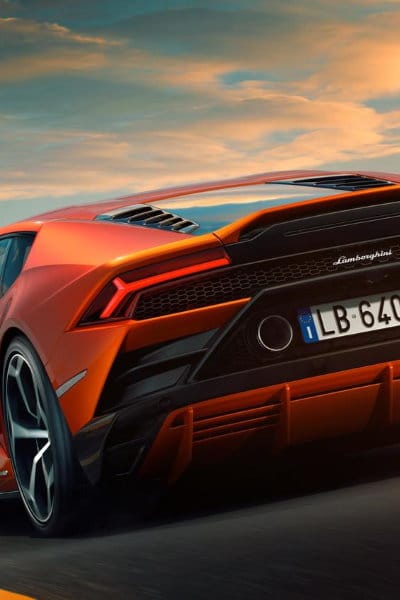Well, here it is, the moment all us gearheads have been waiting for: the unveiling of the Z06 version of the mid-engined C8 Corvette. And the results are, surprisingly, not as “out there” as I had expected. Sort of.
All About Those Rear Tires
In the past, the track-focused Z06 version of Chevy’s mighty Corvette has been not only the quickest but the flashiest. Don’t get me wrong, I get that all the kicks, flips, spoilers, and carbon fiber on the Z06 package found on the C7 are there for a Reason (with a capital “R”), but they weren’t exactly subtle. The C8 ZO6, on the other hand, doesn’t look all that different from its C8 brethren. The rear wing, although big and gaudy, looks to me like the optional big wing. The other aero bits are just as subtle. Apart from the badging and that odd bit of carbon fiber trim coming off the trailing edge of the side scoops, the only real outward sign is the tires – the rear tires.
Back when Chevy made the first ZR1 in 1990, apart from a very small “ZR1” badge, the only real way to tell was the rear tires. They were these massive 315/35s; impressive, imposing, effective. And if you look at the new Z06 from the rear (the view you’re most likely to see), you will note that the rear tires are friggin huge! 345/25ZR21, to be exact. Those, as the kids used to say on the playground, are boss meats.
The front tires are large but not humongoid (275/30ZR20s), but the wheels are as wide as the Mississippi delta: 20 x 10-inch (front) and 21 x 13-inch (rear). The rear track has been widened an amazing 3.6 inches! In a world where automakers routinely crow about “We bumped up the track by half an inch,” this is a big jump.
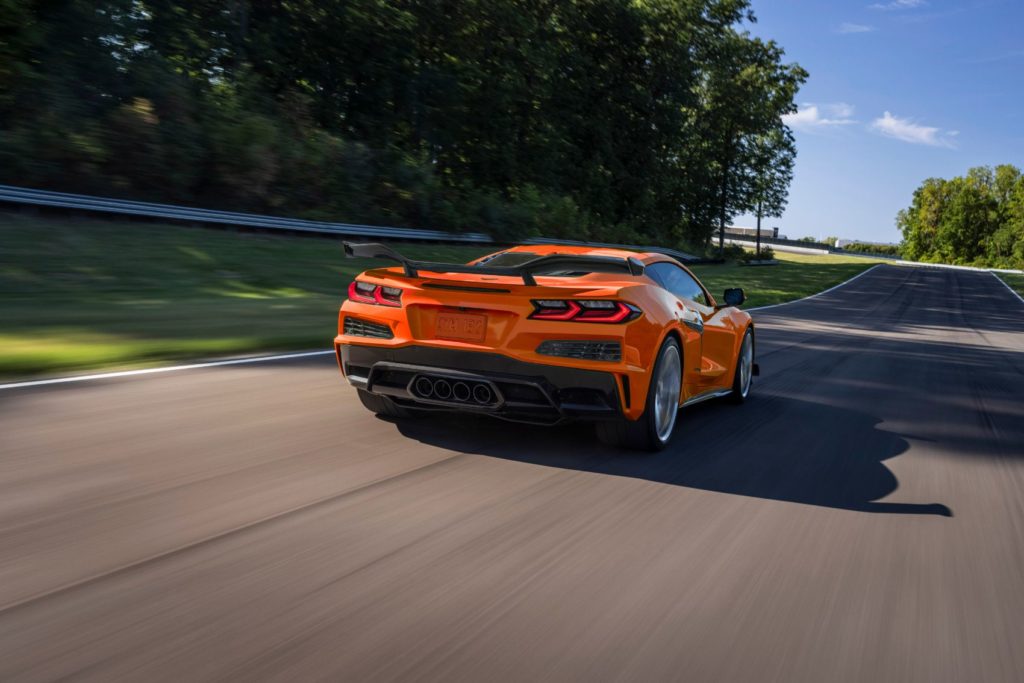
Horsepower & Torque
But why? Why the quantum jump with the rears? Power. Bags and bags of good old, torque-infused ‘Murican horsepower. The new 5.5-liter LT6, the highest horsepower, naturally-aspirated V8 to ever hit the market in any production car. Not just a Chevy either; of any car, ever.
The all-new flat-plane crankshaft mill has a lofty 8,600 rpm, 670 horsepower, and 460 lb-ft. of torque. We are looking at 670 ponies from a five-and-a-half-liter block. That is a really high specific output. Like really high. Someone call up Stuttgart and talk to Mercedes; I bet they’d have a nice, grumbly response.
It’s also worth pointing out that a version of the LT6 has powered the C8.R race cars since 2019. Lastly, the eight-speed dual-clutch transmission has a “shorter” 5.56 final drive ratio.
Engine & Aerodynamic Performance
Other high points of the new plant include the aluminum cylinder block casting with 4.4-inch bore spacing and an all-new dual-overhead-camshaft cylinder head design with fully CNC-machined combustion chambers and intake ports. According to Chevy, this is to support the “finger-follower” valvetrain of the Z06. Meanwhile, the dual-coil valve springs support the titanium intake and sodium-filled exhaust valves. The forged aluminum pistons and forged titanium connecting rods are also high points of the 5.5-liter LT6.
The LT6 is hand-assembled at the Performance Build Center within the Bowling Green Assembly Plant in Kentucky.
Other stuff, of course, separates the 2023 Corvette Z06 besides the 3.6-inch stance bump, the big-big-big rear tires, and that monster engine. There’s unique front and rear fascias with the front designed to optimize cooling, while the reconfigurable rear spoiler, with its adjustable wickerbill elements, improves stability at higher speeds on the track. Not surprisingly, the Z06 includes specific suspension tuning, including Magnetic Ride Control 4.0, and larger Brembo brakes (six-piston front) than the Stingray.
Z07 Performance Package
If that’s not enough, there’s an available Z07 performance package that provides 734 lbs. of downforce at 186 mph. It also includes a carbon fiber high rear wing and ground effects, specific chassis tuning, specific Magnetic Ride Control calibrations, Michelin Cup 2 R ZP tires, Brembo carbon-ceramic brakes, and optional carbon fiber wheels.
It’s also worth singling out the wheel options for the new Z06. As we discussed before, the standard wheels are 20-inch (front) and 21-inch (rear) forged aluminum “spider” wheels in five available finishes. If you like, carbon fiber wheels are available that drop a whopping 41 lbs. in unsprung mass, which will give you a much more agile and responsive car.
Now, obviously, from a performance standpoint, the big carbon fiber wheels are the way to go. And yeah, I know that other car companies have been making carbon fiber wheels for a bit now. But who am I kidding? I’d go for the carbon fiber wheels too.
Tony Borroz has spent his entire life racing antique and sports cars. He is the author of Bricks & Bones: The Endearing Legacy and Nitty-Gritty Phenomenon of The Indy 500, available in paperback or Kindle format. Follow his work on Twitter: @TonyBorroz.



